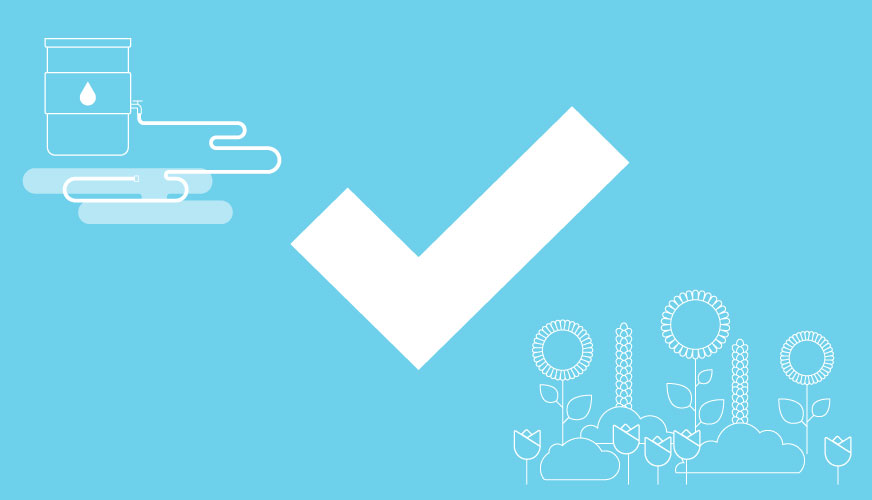Learning about stormwater and how it affects our rivers, streams, and lakes is the first step to minimizing pollutants.
By identifying and making changes to some everyday actions that contribute to stormwater runoff, we can help prevent water pollution in our communities.

Lawn Care without Fertilizers
You can nurture your lawn without fertilizer by using a variety of natural techniques.
Plant a Rain Garden
Rain gardens are a great way to reduce stormwater around your house…and they look great!
Install a Rain Barrel
Rain barrels help collect rainwater for use in gardens and on your lawn.
Pick Up Your Pet Waste
Pet waste can be a major source of bacteria and excess nutrients in local waters.
Reduce Salt Use in Winter
Using road salt in the winter can contribute to water pollution in Vermont’s lakes, rivers and streams.
Adopt-a-Drain
Using road salt in the winter can contribute to water pollution in Vermont’s lakes, rivers and streams.
Get free tips and updates about upcoming events!
Each seasonal issue is packed with things to you do to help keep Lake Champlain clean, and we’ll never share your information.
Other Information
Blue BTV®
BLUE® is an innovative program that certifies homes, businesses, and institutions as watershed friendly. Evaluators educate and collaborate with property owners to identify opportunities for stormwater mitigation, affect behavioral changes, and establish stewardship principles to protect our waters. Perhaps you could use a rain barrel or rain garden, perhaps a water trench or French drain. Find out how you can make a difference by mitigating stormwater runoff before it leaves your land.
Reading List
Tips for Rural Homeowners
Even if your home is located in a rural area it can have impacts on downstream water bodies like Lake Champlain.
Glossary: What is a watershed? What is an outfall? Learn the terms associated with stormwater runoff and you’ll be the most interesting person in your neighborhood!
The UVM Watershed Alliance supports state-wide watershed education and water quality monitoring in Vermont middle schools, secondary schools, alternative education programs, and youth groups.
Other Links
Are you interested in learning more? We’ve compiled a reading list in collaboration with the Lake Champlain Basin Program Resource Library, including both Adult and Children’s titles that cover watersheds, wetlands and the wildlife that make up the Lake Champlain basin.

